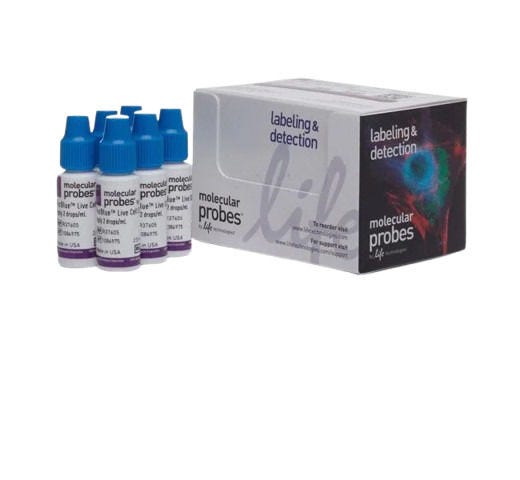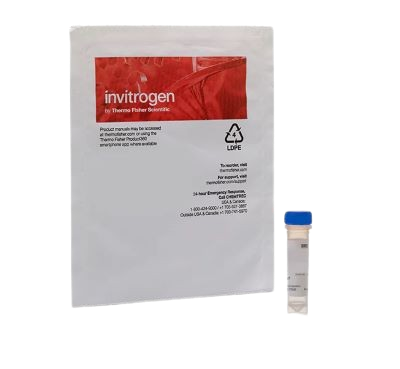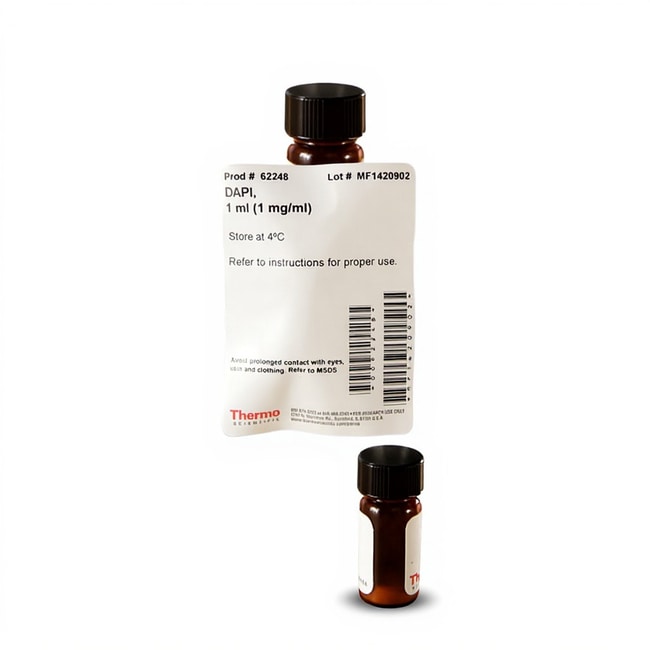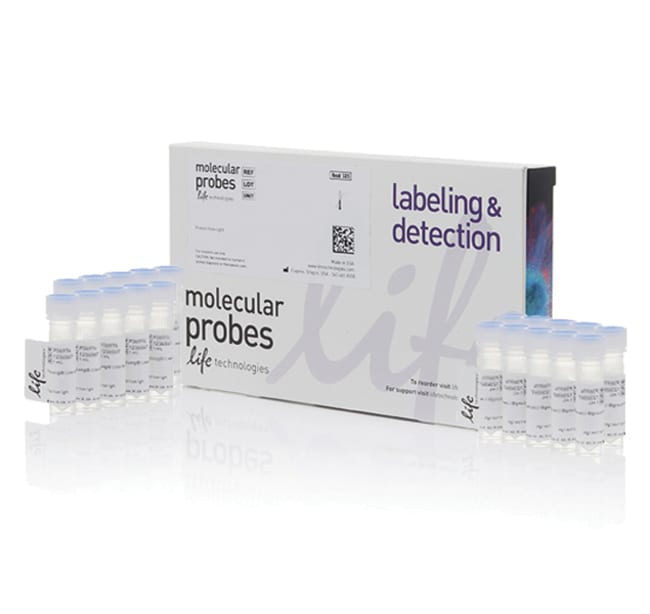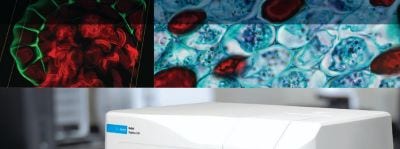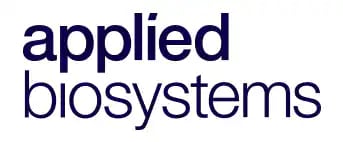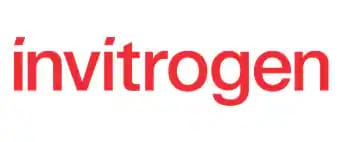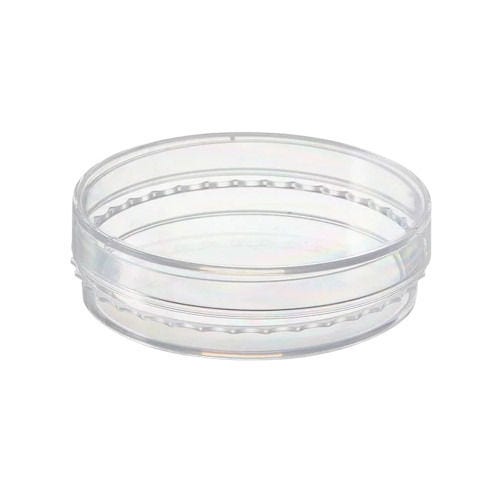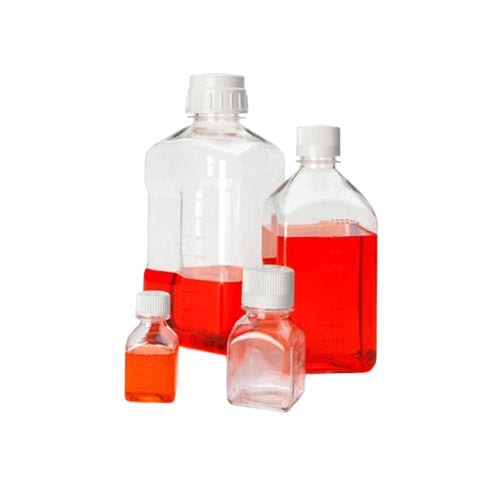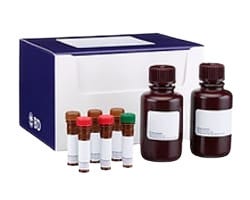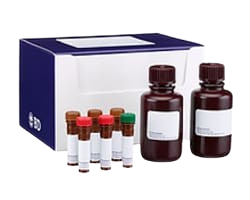
Cell Structure Reagents and Kits
Reagents and kits designed to visualise cell structure characteristics including dyes and stains for the examination of both cytoskeletal and internal cell components.
Useful Links
Save Now - Exclusive Deals
Product Code 10237582
Product Code 10125092
Product Code 10768273
Product Code 10116287
Product Code 15932941
Product Code 10150888
Product Code 4922790
Product Code 10184322
Product Code 12303553
Product Code 15107482
Product Code 10343673
Must Have
Product Code 15594394
Product Code 11569106
Product Code 11589106
Product Code 10082742
Product Code 10734084
Product Code 12090146
Product Code 12010156
Product Code 11514267
Complete Your Order - Great Deals
Product Code 15254734
Product Code 15545650
Product Code 4524963
FAQ
Cell structure reagents and kits are used for a variety of procedures, including:
- Immunofluorescence (IF): Detecting and visualizing specific proteins or cell structures using fluorescently labeled antibodies
- Western Blotting: Identifying and quantifying specific proteins from cell lysates
- Flow Cytometry: Analyzing cell populations based on the expression of specific markers
- Cell Staining: Highlighting and visualizing cell structures using dyes or stains
- Immunohistochemistry (IHC): Detecting specific antigens in tissue sections using antibodies
These procedures help in studying cell morphology, protein localization, and cellular processes
The key differences between cell function and cell structure reagents and kits are based on their applications and the aspects of cellular biology they target. Cell Function Reagents and Kits are designed to measure and analyze various cellular activities and processes such as cell viability, apoptosis, metabolism, signaling pathways, and cytotoxicity assays. Cell Structure Reagents and Kits focus on visualizing and studying the physical components and architecture of cells. Examples include staining of cellular organelles (nucleus, mitochondria), cytoskeleton components (actin, tubulin), and cell membrane markers. Cell Function is used for assessing dynamic cellular processes such as cell growth, death, metabolic activity, and response to stimuli. Cell Structure is used for imaging and analyzing the organization, morphology, and structural integrity of cells and their components.
When selecting cell structure reagents and kits, consider:
- Specificity: Ensure reagents specifically target the desired cell structures or components
- Compatibility: Verify compatibility with your cell type and experimental conditions
- Sensitivity: Choose reagents with high sensitivity for accurate detection
- Ease of Use: Opt for kits with clear instructions and user-friendly protocols
- Quality & Reliability: Select products from reputable suppliers with consistent quality and reliability

